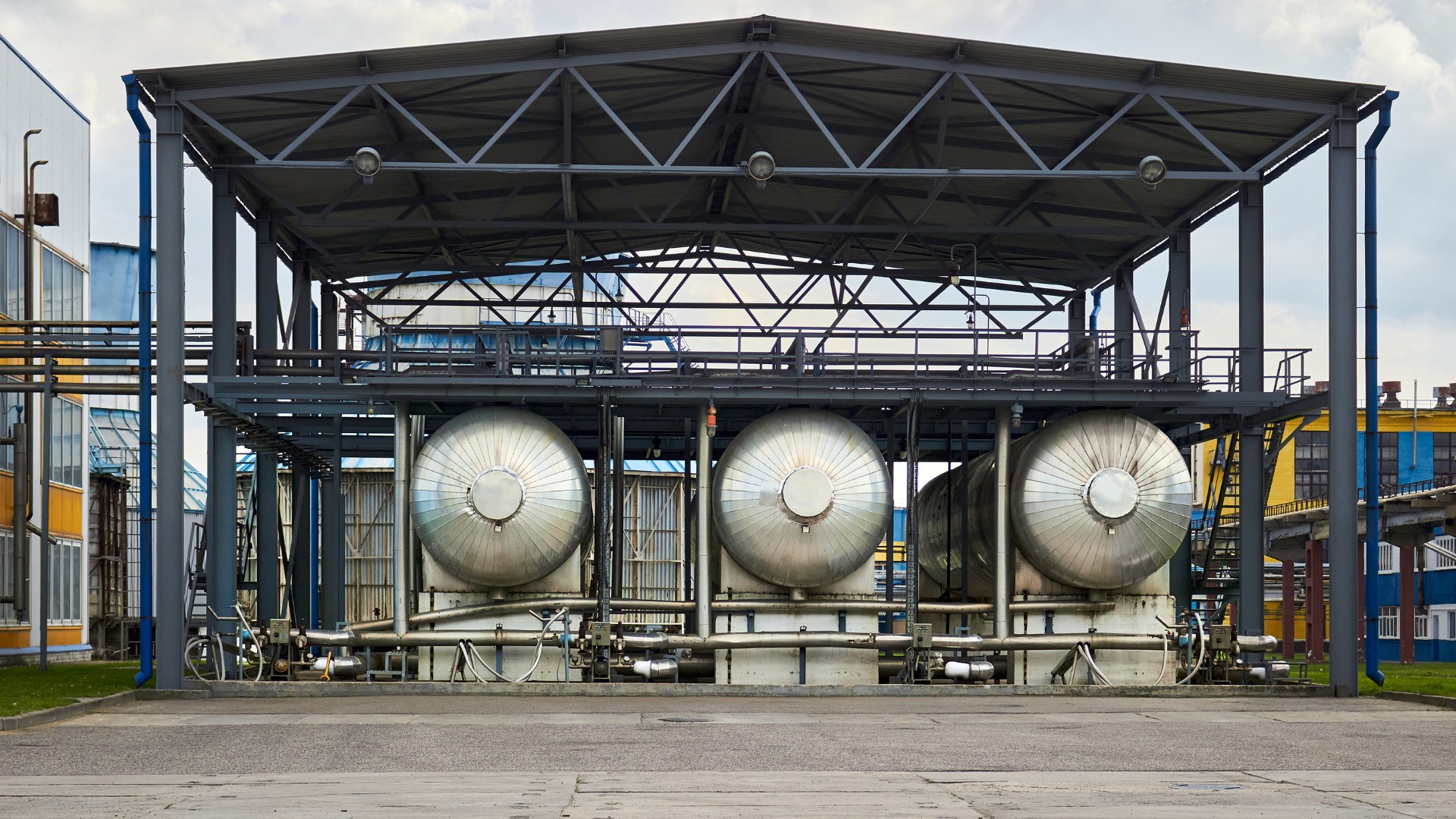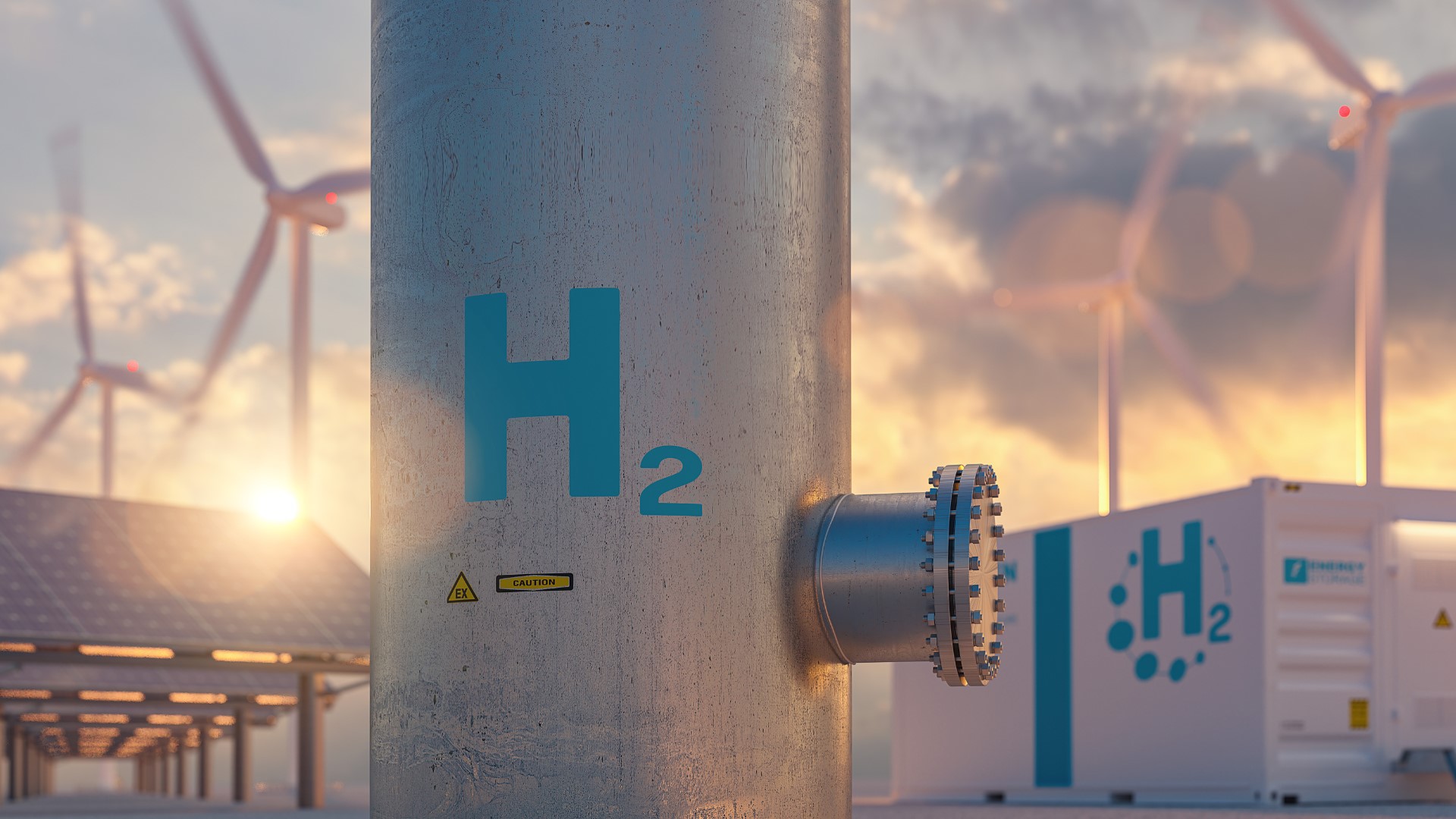
24 Oct Government pledges £22bn for carbon capture and storage technology in net zero drive
In a bold step toward achieving its ambitious net zero target, the UK government has pledged nearly £22bn to develop Carbon Capture and Storage (CCS) technology. This significant investment aims to reduce carbon dioxide (CO2) emissions from heavy industries. But at the same time, fostering economic growth in regions historically dependent on fossil fuel-based industries.
The Carbon Capture and Storage (CCS) funding spread over 25 years. It supports the development of carbon capture clusters in Merseyside and Teesside, two regions key to the UK’s industrial past. These clusters will not only help the country meet its climate targets but also position the UK as a leader in CCS technology.
However, questions remain about the long-term effectiveness of carbon capture and whether this significant financial commitment could be better spent on other green technologies.
A Closer Look at the £22bn Investment: The Key Projects
The UK government’s announcement of the £22bn pledge comes at a critical time in the global fight against climate change. The funding will support two major projects: the HyNet cluster in north-west England and the Northern Endurance Partnership East Coast Cluster in Teesside. These projects will be the backbone of the UK’s carbon capture efforts.
HyNet will produce, transport, and store low-carbon hydrogen across the north-west of England and north Wales.
It will also capture CO2 emissions from industrial plants and store them underground, ensuring these emissions do not enter the atmosphere. This infrastructure will enable industries in these regions to reduce their carbon footprint significantly.
On the other side, the Northern Endurance Partnership’s East Coast Cluster focuses on a wide range of emissions-reduction technologies. The projects include industrial carbon capture, hydrogen production, and power plants that generate electricity with carbon capture.

In March 2023, three key projects were selected to connect to the cluster by 2027: Net Zero Teesside Power, H2 Teesside, and Teesside Hydrogen CO2 Capture.
The clusters aim to remove 8.5 million tonnes of CO2 per year once fully operational, contributing to the government’s ambitious goal of capturing and storing 20-30 million tonnes of CO2 by 2030. This reduction in emissions will be crucial for the UK to stay on track to meet its 2050 net zero target.
The financial package will not only help the UK meet its environmental goals but also generate a significant £8bn in private investment. The government forecasts that the projects will create 4,000 direct jobs in the short term and support 50,000 jobs over the long term, providing a much-needed boost to the local economy.
The Role of Carbon Capture in the Energy Transition
Carbon capture technology, often referred to as carbon capture, utilisation, and storage (CCUS), is one of the most talked-about solutions for reducing emissions from hard-to-decarbonize sectors. Heavy industries like steel, cement, and chemical production are difficult to electrify and require technologies like CCUS to reduce their carbon output.
The process of carbon capture involves capturing CO2 emissions from sources like power plants, industrial facilities, or hydrogen production plants before they are released into the atmosphere. Once captured, the CO2 is transported via pipelines and stored in depleted oil and gas fields deep underground. Alternatively, the CO2 can be repurposed for industrial applications, such as in the production of fuels or chemicals.
The UK government’s commitment to carbon capture is essential to achieving its net zero goal by 2050. The Climate Change Committee (CCC), the UK’s independent climate advisor, has emphasised the importance of CCUS in reaching the country’s climate targets.
In its latest report, the CCC emphasised that without widespread adoption of CCUS, it would be nearly impossible for the UK to eliminate emissions from heavy industry.
However, carbon capture is not without its challenges. The technology is expensive, and critics argue that focusing on CCUS may divert resources from other renewable energy investments like wind or solar. Despite these concerns, many experts agree that carbon capture is necessary to address emissions from sectors that cannot easily transition to renewable energy sources.
The UK’s investment in CCUS also extends beyond its borders. By becoming a leader in carbon capture technology, the UK can export its expertise to other countries struggling to decarbonize their heavy industries. This not only boosts the UK’s influence on the global stage but also creates new opportunities for economic growth.
Hydrogen and Carbon Capture: A Pivotal Combination
A significant portion of the government’s funding will go toward developing the UK’s first large-scale hydrogen production plant, which will be integrated with CCUS technology. Hydrogen is seen as a key energy source for the future, particularly in industries and transport sectors that are difficult to electrify.
There are two main types of hydrogen: blue hydrogen, which is produced from natural gas and paired with carbon capture to reduce emissions, and green hydrogen, which is produced using renewable electricity. The government’s investment is primarily focused on blue hydrogen, which allows existing natural gas infrastructure to be used while reducing emissions.
The combination of hydrogen and carbon capture is expected to play a significant role in the UK’s energy transition. Integrating CCUS technology with hydrogen production is pivotal for achieving our net zero targets. This not only provides a scalable energy solution but also ensures that the UK remains at the forefront of the global hydrogen economy.

While blue hydrogen offers a lower-carbon solution than traditional natural gas, it is not without controversy. Environmental groups such as Friends of the Earth and Greenpeace UK argue that blue hydrogen, which still relies on fossil fuels, is not as clean as its proponents claim. Critics point out that fugitive emissions from natural gas extraction, as well as the fact that not all CO2 can be captured, limit the environmental benefits of blue hydrogen.
Nonetheless, hydrogen remains a critical part of the UK’s net zero strategy. By investing in both hydrogen production and CCUS, the government aims to reduce emissions from sectors that are hard to decarbonize while creating new economic opportunities in the process.
Economic Regeneration for the North: Jobs and Growth
The government’s £22bn pledge is not just about reducing carbon emissions—it’s also about rejuvenating the UK’s industrial heartlands. The regions of Merseyside and Teesside, once known for their reliance on fossil fuels and heavy industry, are now poised to become hubs of green innovation.
Prime Minister Keir Starmer has made it clear that this investment will help “reignite our industrial heartlands” by creating good jobs in areas that have been economically disadvantaged for decades. The funding is expected to create 4,000 direct jobs, with 50,000 additional jobs supported through indirect economic activity.
These jobs will range from skilled engineering positions to roles in construction, operations, and maintenance, providing a broad spectrum of employment opportunities.
The shift toward a green economy is also expected to attract further private investment. The government has forecast that the carbon capture clusters will generate £8bn in private investment. This will further boost the economy in Merseyside and Teesside. This influx of capital will not only create new jobs but also support local businesses and supply chains, stimulating broader economic growth.
Beyond job creation, the investment in carbon capture and hydrogen production provides a blueprint for how the UK’s transition to a low-carbon economy can be aligned with economic growth.
By focusing on regions that have traditionally relied on high-carbon industries, the government is sending a clear message: the transition to net zero does not have to mean de-industrialization. Instead, it can mean creating new industries and new opportunities for growth.
Environmental Debate: Is Carbon Capture the Right Solution?
While the government’s investment in carbon capture has been welcomed by many, it has also sparked debate among environmentalists and policymakers. Critics argue that carbon capture, particularly when used in conjunction with blue hydrogen, may not be the best use of public funds.
Opponents claim that investing in carbon capture risks prolonging the lifespan of the fossil fuel industry, particularly in sectors like oil and gas. Instead, the government should instead focus on truly clean energy solutions, such as wind and solar power, which do not rely on fossil fuels at all.
Others warned that carbon capture could lock the UK into “second-rate solutions” that fail to fully address the root causes of climate change. Carbon capture may be necessary in some sectors, such as cement production, where emissions are difficult to reduce. However, concerns are raised that the focus should be on scaling up renewable energy technologies and improving energy efficiency through measures like nationwide home insulation programs.
Despite these concerns, many experts remain optimistic about the potential of carbon capture to help the UK meet its climate targets. Emma Pinchbeck, CEO of Energy UK, called carbon capture “a tool in our armoury of technologies” that is essential for decarbonizing sectors that cannot be easily electrified. Pinchbeck’s comments reflect the growing consensus that while carbon capture is not a silver bullet, it is an important part of the solution to the climate crisis.
Looking Ahead: A Future Powered by Green Innovation
The UK government’s £22bn investment in carbon capture and hydrogen production marks a significant step forward in the country’s journey toward net zero. While challenges remain—both in terms of the technology itself and the broader environmental debate—the potential for job creation, economic growth, and emissions reduction is undeniable.
As the world grapples with the urgent need to combat climate change, the UK’s approach to carbon capture offers a glimpse into a future where technological innovation and environmental responsibility go hand in hand. The success of these projects will not only shape the UK’s energy landscape but also influence global efforts to transition to a low-carbon economy.
By investing in cutting-edge technologies like CCUS and hydrogen, the UK is positioning itself as a leader in the fight against climate change. But the road ahead will require continued innovation, collaboration, and commitment to ensure that the solutions of today create a sustainable a

No Comments